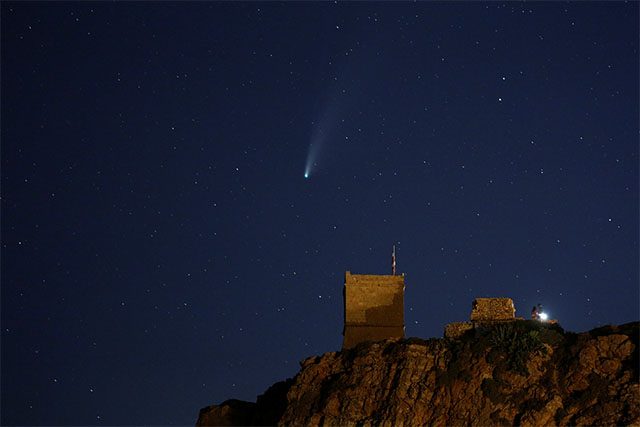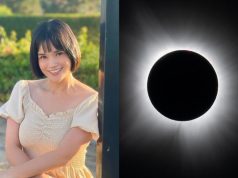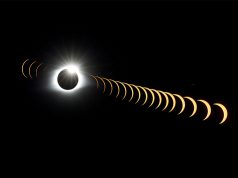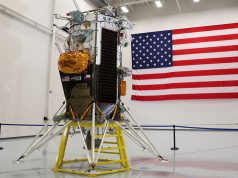
Some Filipinos who wanted a once-in-a-lifetime view of the “comet of the century” complained that they failed in their attempt due to supposed light pollution in their respective areas.
Comet Neowise is touted as the “earth’s most spectacular comet since 2007” and was expected to be closest on the horizon on July 23. It wouldn’t be visible for another 6,800 years due to its wide orbit around the sun.
The comet was discovered by the National Aeronautics and Space Administration on March 27 through the Near-Earth Object Wide-field Infrared Survey Explorer.
It reportedly started to approach the earth on July 3 and is expected to orbit away by mid-August.
Neowise was first spotted in the Philippines by Professor Angelito Sing on July 8.
Comets are described as icy, rocky objects made up of ice, rock and dust. They orbit the sun and heat up when they come close to the latter which causes them to stream two tails that may be visible to the skies.
State weather bureau PAGASA reportedly said that Neowise can be seen from any corner of the Philippines as long as the skies are not cloudy.
While some local sightings of it have already graced Filipinos’ social media feeds, there were others who lamented that they failed to witness it due to supposed light pollution in their areas.
“I can’t see Comet Neowise from where I am so I will just retweet pictures taken by different people,” wrote a Twitter user.
“Neowise can be seen clearly last night in Metro Manila. Not able to see it means that grabe yung pollution sa area namin,” another online user said.
“Damn it I only have one day left to see Neowise but I still can’t see it (crying emoji) stupid polluted air,” lamented a Filipino.
According to science organization Earth Shaker Philippines, the comet can still be seen in Metro Manila until July 29, approximately between 6:26 p.m. to 10:11 p.m.
However, it warned Filipinos living in cities that they might encounter difficulties upon seeing it due to the light pollution in their area.
A Twitter user who lives in Quezon City shared pictures of what she claimed was the comet but added that it was “very faint.”
A very faint neowise, thank u light pollution. pic.twitter.com/ZqATRYkQfu
— sofia. (@sapiyaaaaaa) July 22, 2020
Earth Shaker team member Aldrin Pabas similarly shared a photo of the comet seen from Barangay Sauyo, Quezon City “despite of light pollution.”
LOOK! Comet NEOWISE was captured in Brgy. Sauyo, Quezon City by ES Team Member Aldrin Pabas at 7:37 PM tonight, despite of light pollution in the city. #WeLookUpAsOne#AstroShaker https://t.co/v0F2f2YJ9i
— EarthShakerPH (@earthshakerph) July 22, 2020
Seeing celestial wonders in the sky might be difficult in cities due to light pollution. It is defined as the “inappropriate or excessive use of artificial light.”
National Geographic notes that light pollution “can take many forms, including glare, or excessive brightness; sky glow, which drowns out the night sky over urban areas; light trespass, or stray light falling where it is not needed; and clutter, or confusing groups of bright light sources.”
It also noted that tiny countries like Singapore, Kuwait and San Marino have skies that are “filled with light” in which “99.5% of all stars that people can see are completely invisible without optical aid.”
“More rural areas tend to have darker skies. According to ‘The New World Atlas of Artificial Night Sky Brightness’, the inhabitants of Chad, Central African Republic, and Madagascar are the least affected by light pollution. In these areas, the band of our home galaxy, the Milky Way, is clearly visible,” the report added.
Ideal conditions for viewing a comet include having “clear skies and low humidity,” according to the Minnesota Public Radio.









